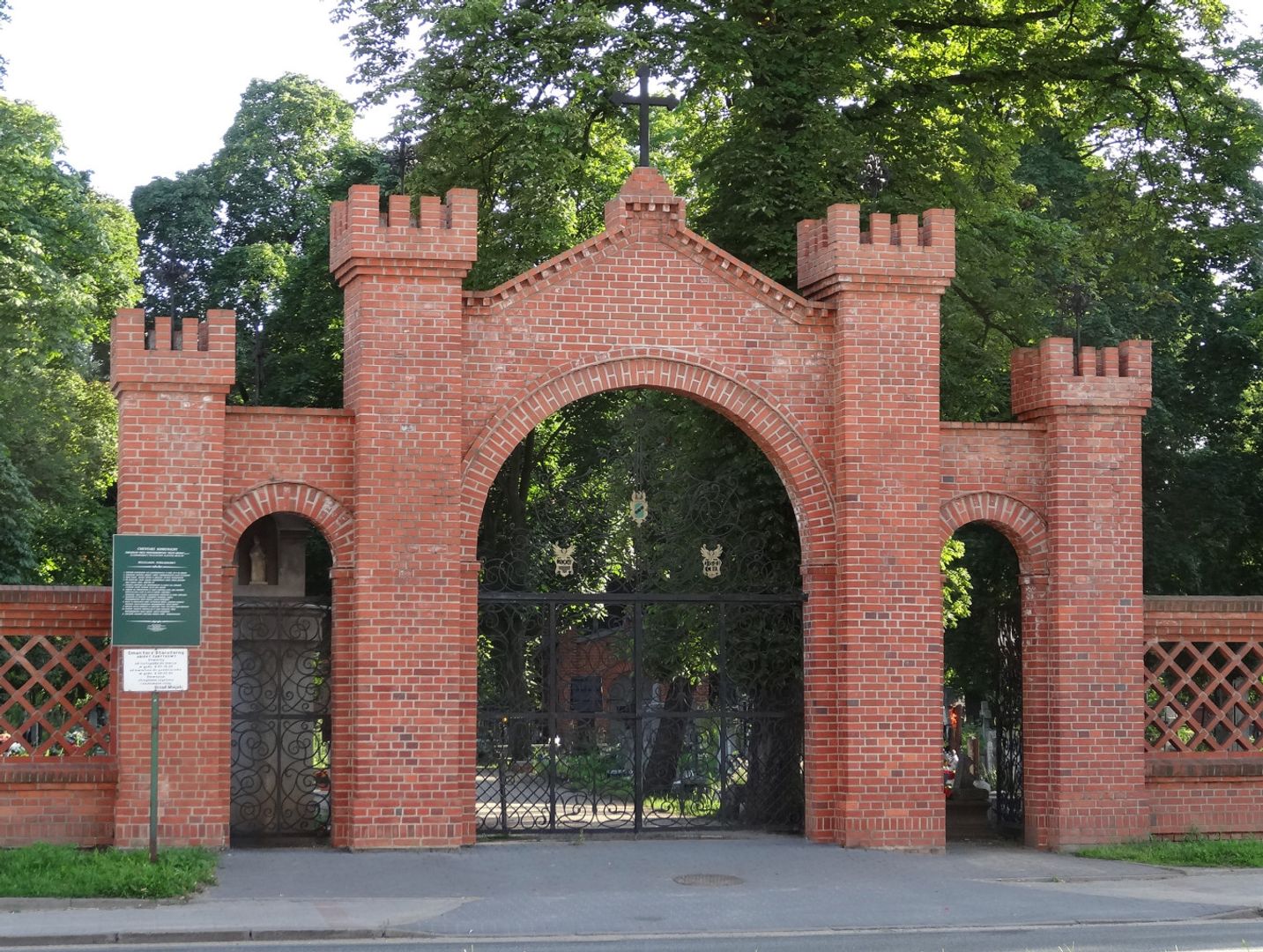Old Cemetery in Bydgoszcz
6.78

Overview
The Old Parish Cemetery in Bydgoszcz, the oldest Catholic cemetery in the city, was established in December 1808 by order of the magistrate, which purchased land for the burial of Catholics. Over time, the cemetery became the final resting place of many distinguished citizens of Bydgoszcz, and its area expanded as needed. It played an important role during the partitions of Poland, serving as a site for patriotic demonstrations, which underscores its historical significance. The cemetery's architecture is characterized by neo-Gothic chapels, tombs, and brick walls, and among its valuable monuments are the Crucifixion Group from 1663 and numerous works by local artists. The cemetery was devastated during World War II, which significantly impacted its condition, and burials continued there until 1964. After further damage, efforts were undertaken to protect the site – in 1983, the cemetery was entered into the register of historical monuments. Modern revitalization efforts, ongoing since 1991, include the restoration of historic chapels, tombs, and walls, as well as fundraising campaigns for these purposes. The Old Parish Cemetery is both an important landmark in the history of Bydgoszcz and a memorial site for local heroes, including social activists, politicians, and artists, as well as a section for French soldiers from the Franco-Prussian War. Some tombstones feature unique inscriptions that highlight the extraordinary stories and fates of those buried there, making the cemetery a cultural site of great historical value.
Location
Tickets
Powered by GetYourGuide
2025 Wizytor | All Rights Reserved